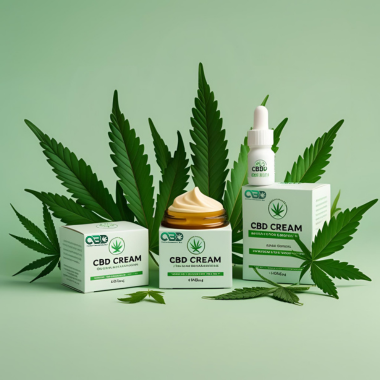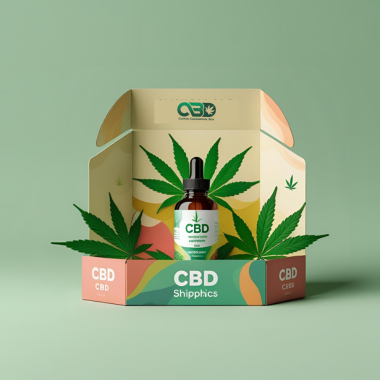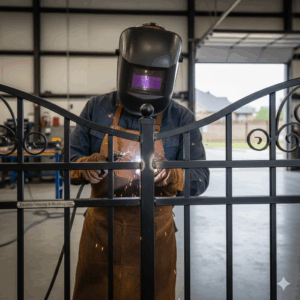In the world of industrial processes, accuracy in temperature measurement is not just preferred—it’s essential. Whether in pharmaceuticals, food production, aerospace, or manufacturing, even minor temperature deviations can impact product quality, compliance, and safety. This is why calibration of temperature sensors is a critical part of any quality control system. Two widely used tools for this purpose are the Dry Block Calibrator and the Liquid Bath Calibrator. Understanding their differences, applications, and benefits can help engineers and technicians make the right choice for their calibration needs.
What is a Dry Block Calibrator?
A Dry Block Calibrator is a portable device that uses a metal block heated or cooled to specific temperatures. The block has precisely machined wells where sensors, thermocouples, or resistance temperature detectors (RTDs) can be inserted. The calibrator controls the temperature of the block, allowing the user to verify and adjust the readings of the device under test.
Advantages of Dry Block Calibrators:
-
Portability: Lightweight and easy to transport, ideal for on-site calibrations.
-
Clean operation: No risk of liquid spills or contamination.
-
Faster heating and cooling: Makes them suitable for quick calibrations.
Dry block calibrators are commonly used in field environments, maintenance workshops, and industries that require fast and convenient sensor verification.
What is a Liquid Bath Calibrator?
A Liquid Bath Calibrator uses a thermally stable fluid (such as silicone oil or ethanol) contained in an insulated tank. The temperature of the liquid is precisely controlled, and sensors are immersed in the fluid for calibration. Because liquids have better thermal conductivity and uniformity, liquid bath calibrators are considered the gold standard for high-accuracy calibrations.
Advantages of Liquid Bath Calibrators:
-
Superior stability and uniformity: Ideal for highly precise calibrations.
-
Suitable for odd-shaped probes: The fluid can accommodate various sensor geometries.
-
Multiple sensor calibration: Larger bath sizes allow multiple sensors to be calibrated simultaneously.
Liquid bath calibrators are often used in metrology labs, research facilities, and industries where accuracy is non-negotiable.
Which Calibrator Should You Choose?
The choice between a dry block calibrator and a liquid bath calibrator largely depends on your operational requirements:
-
If you need mobility, speed, and ease of use, a dry block calibrator is the better option.
-
If your work demands exceptional accuracy and stability, especially in a controlled lab environment, a liquid bath calibrator is the ideal choice.
In many cases, calibration labs and industrial facilities use both types depending on the situation. Combining the strengths of both tools ensures that all calibration needs—from routine checks to precision verification—are fully covered.
Final Thoughts
Temperature calibration is a crucial aspect of quality assurance in any process-driven industry. Choosing between a dry block calibrator and a liquid bath calibrator depends on your need for portability, speed, or precision. Both instruments are invaluable in ensuring that temperature sensors deliver accurate and reliable readings, ultimately supporting safety, compliance, and product integrity.








